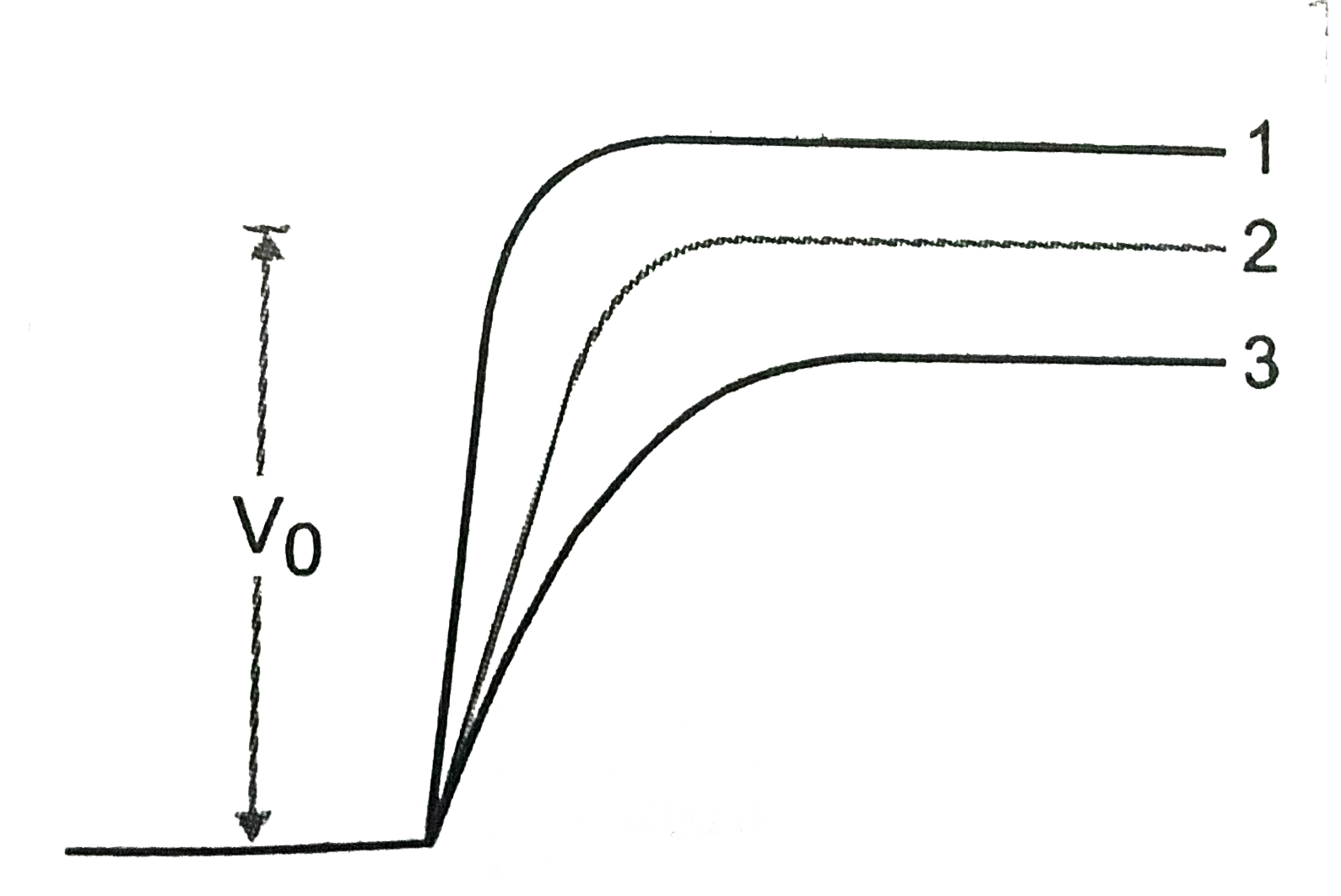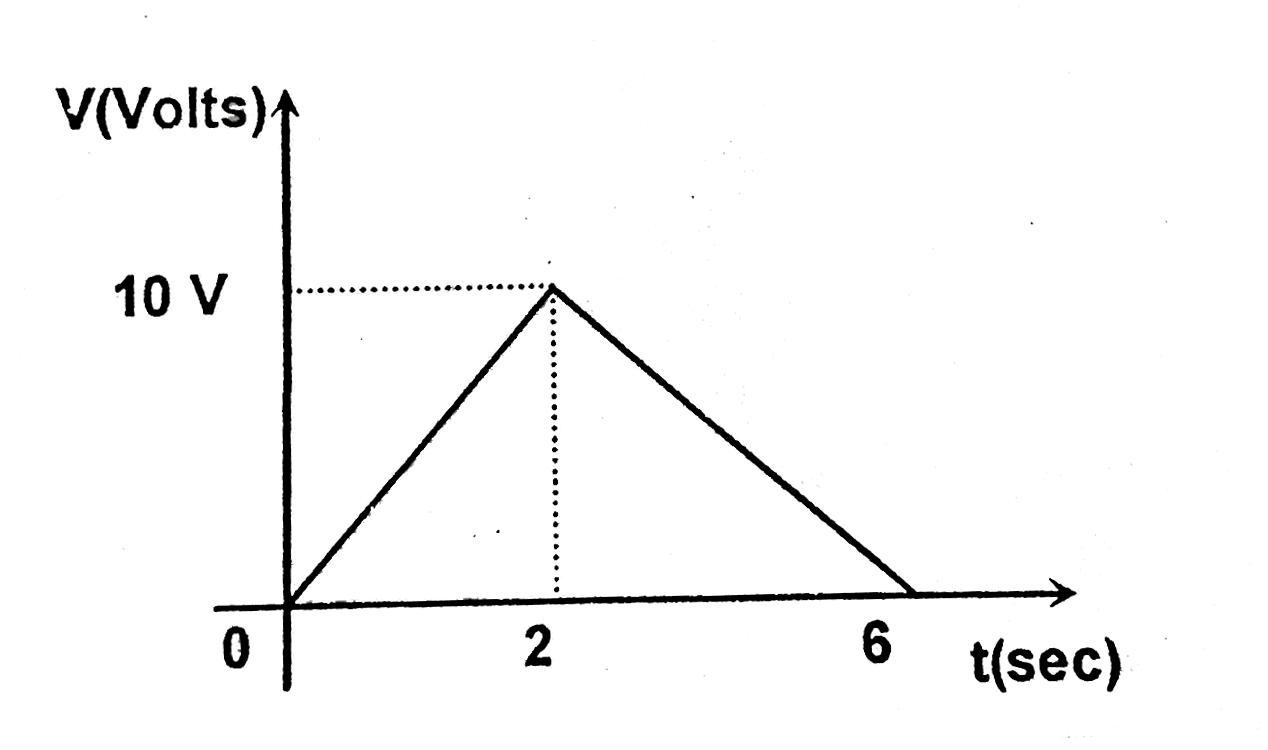When a potential difference is applied across the current passing through a) an insulator at 0 K is zero b) a semiconductor at 0 K is zero c) a metal at 0 K is finite d) a p-n junction at 300 K is finite, if it is reverse biased
A) only a and b are correct
B) only c is correct
C) only a,b and d are correct
D) all are correct
The correct Answer is:C
To solve the question, we need to analyze each statement regarding the behavior of different materials when a potential difference is applied across them at specified temperatures.
Step 1: Analyze the behavior of an insulator at 0 K.
- Insulators are materials that do not conduct electricity under normal conditions. At absolute zero (0 K), the thermal energy is minimal, and the electrons are in their lowest energy state, making it impossible for them to move freely. Therefore, when a potential difference is applied across an insulator at 0 K, the current is zero.
Conclusion for Statement A: True (Current = 0)
Step 2: Analyze the behavior of a semiconductor at 0 K.
- Semiconductors have properties between conductors and insulators. At 0 K, a semiconductor behaves like an insulator because there are no free charge carriers available for conduction. Thus, when a potential difference is applied, the current is also zero.
Conclusion for Statement B: True (Current = 0)
Step 3: Analyze the behavior of a metal at 0 K.
- Metals conduct electricity due to the presence of free electrons. However, at 0 K, metals become superconductors, which means they have zero resistance. In this state, if a potential difference is applied, the current can be considered infinite, not finite as stated. Therefore, this statement is incorrect.
Conclusion for Statement C: False (Current = Infinite)
Step 4: Analyze the behavior of a p-n junction at 300 K when reverse biased.
- A p-n junction diode allows current to flow in one direction (forward bias) but blocks it in the reverse bias condition. However, at room temperature (300 K), there is still a small amount of current that flows due to minority carriers even when reverse biased. This current is finite but very small.
Conclusion for Statement D: True (Current = Finite)
Final Conclusion:
- Statements A, B, and D are correct, while statement C is incorrect. Therefore, the correct answer is that only statements A, B, and D are true.
- Insulators are materials that do not conduct electricity under normal conditions. At absolute zero (0 K), the thermal energy is minimal, and the electrons are in their lowest energy state, making it impossible for them to move freely. Therefore, when a potential difference is applied across an insulator at 0 K, the current is zero.
Conclusion for Statement A: True (Current = 0)
- Semiconductors have properties between conductors and insulators. At 0 K, a semiconductor behaves like an insulator because there are no free charge carriers available for conduction. Thus, when a potential difference is applied, the current is also zero.
- Metals conduct electricity due to the presence of free electrons. However, at 0 K, metals become superconductors, which means they have zero resistance. In this state, if a potential difference is applied, the current can be considered infinite, not finite as stated. Therefore, this statement is incorrect.
- A p-n junction diode allows current to flow in one direction (forward bias) but blocks it in the reverse bias condition. However, at room temperature (300 K), there is still a small amount of current that flows due to minority carriers even when reverse biased. This current is finite but very small.
- Statements A, B, and D are correct, while statement C is incorrect. Therefore, the correct answer is that only statements A, B, and D are true.
Topper's Solved these Questions
- SEMICONDUCTOR DEVICESBOOK - AAKASH SERIESCHAPTER - SEMICONDUCTOR DEVICESEXERCISE - EXERCISE -I (ASSERTION & REASON)
12 Videos
- SEMICONDUCTOR DEVICESBOOK - AAKASH SERIESCHAPTER - SEMICONDUCTOR DEVICESEXERCISE - EXERCISE -II (ENERGY BANDS AND CLASSIFICATION OF SOLIDS )
3 Videos
- SEMICONDUCTOR DEVICESBOOK - AAKASH SERIESCHAPTER - SEMICONDUCTOR DEVICESEXERCISE - EXERCISE -I (MATCHING TYPE QUESTIONS)
9 Videos
- RAY OPTICSBOOK - AAKASH SERIESCHAPTER - RAY OPTICSEXERCISE - PROBLEMS ( LEVEL-II)
60 Videos
- UNITS AND MEASUREMENTBOOK - AAKASH SERIESCHAPTER - UNITS AND MEASUREMENTEXERCISE - PRACTICE EXERCISE
45 Videos
Similar Questions
Knowledge Check
In Fig . V0 is the potential barrier across a p-n junction, when no battery is connected across the junction
 A1 and 3 both correspond to forward bias of junctionB3 corresponds to forward bias of junction and 1 corresponds to reverse bias of junctionC1 corresponds to forward bias and 3 corresponds to reverse bias of junction.D3 and 1 both correspond to reverse bias of junction.
A1 and 3 both correspond to forward bias of junctionB3 corresponds to forward bias of junction and 1 corresponds to reverse bias of junctionC1 corresponds to forward bias and 3 corresponds to reverse bias of junction.D3 and 1 both correspond to reverse bias of junction.
The centre of the circle passing through the points (h,0),(k.0),(0,h),(0,k) is
View SolutionA : Silicon is insulator at 0 K but semiconductor at room temperature.
R : Conductivity of silicon at room temperature is due to electronic defect.
View SolutionThe conduction band of a solid is partially filled at 0 K.will it be a conductor, a semiconductor or an insulator?
View SolutionWhen a p-n junction is reverse-biased,the current becomes almost constant at 25µA. current of when it is forward biased at 200 mV . a current of 75µA is obtained.Find the magnitude of diffusion current when the diode is (a)unbiased ,(b)reverse-biased at 200 mVand (c )forward-biased at 200mV.
View SolutionA circle of constant radius 3k passes through (0,0) and cuts the axes in A and B then the locus of centroid of triangle OAB is
View SolutionIn a p−n junction diode, the currect I can expressed as I=I0exp(eV2kBT−1) where I0 is called the reverse saturation current, V is the voltage across the diode and is positive for forward bias and negative for reverse bias, and I is the current through the diode, KB is the Boltzmann constant (8.6×10−5eV/K) and T is the absolute temperature. If for a given diode Io=5×10−12A and T=300K, then
(a) What will be the forward current at a formward voltage of 0.6V ?
(b) What will be the increase in the current if the voltage across the diode is increased to 0.7V ?
( c) What is the dynamic resistance ?
(d) What will be current if reverse bias voltage changes from 1V to 2V ?
View SolutionIn Fig . V0 is the potential barrier across a p-n junction, when no battery is connected across the junction

View Solution

